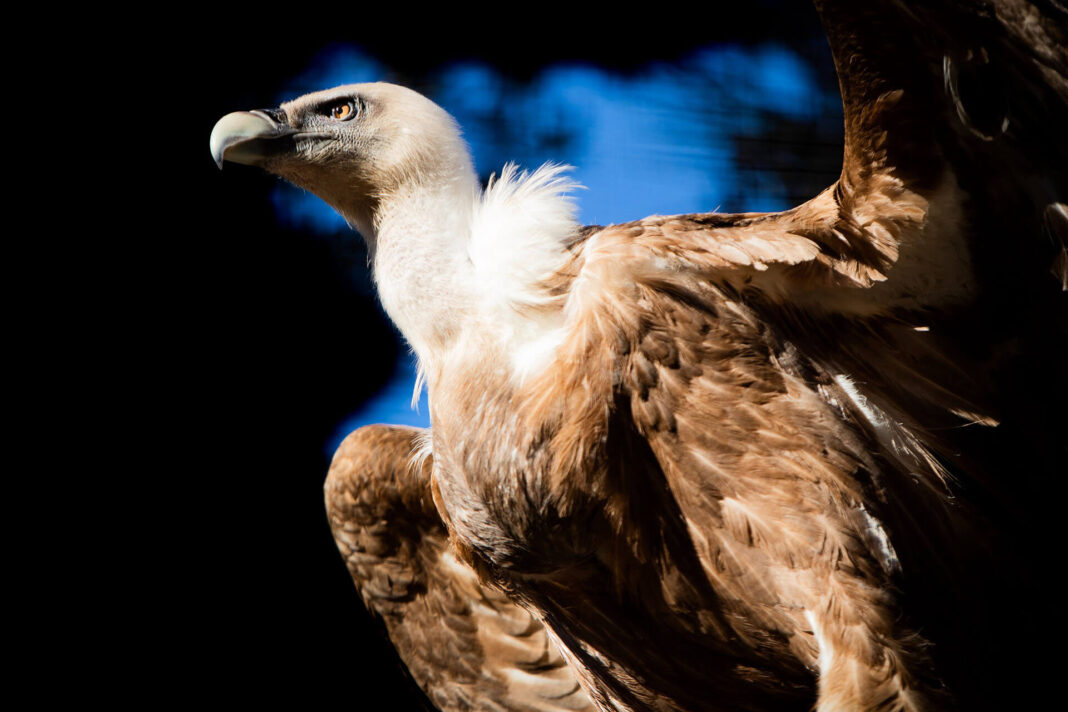Lola Dupré 以拼贴艺术闻名,她将传统肖像、动物图像和媒体素材重新剪裁、扭曲、重组,创造出既熟悉又令人不安的视觉体验。在一次访谈中,Lola 讨论了她如何看待“变化”与“科技”对艺术的影响。她坦言,科技虽加速了图像的生成与传播,却也带来了视觉疲劳,而她的艺术正是对这一现象的回应。通过手工拼贴的方式,她刻意放慢创作节奏,以纸张、剪刀与胶水进行一种反数字的、冥想般的表达。她认为,变化是不可抗拒的,但真正重要的是如何保持艺术中的“人性”与不完美。她的作品中那些被拉长、重复、碎裂的脸,正是对现代社会审美与信息轰炸的一种讽刺与反思。Lola Dupré 用她独特的视觉语言提醒我们:在不断更新的技术洪流中,艺术依然可以是一种深层次的抵抗与自我定义。
Usually when a museum is flooded with water, something has gone seriously wrong. But at the Fondation Beyeler just outside the Swiss city of Basel, the flooding of the museum is all part of the show: a new site-specific installation called Life by the Danish-Icelandic artist Olafur Eliasson.
The artist has removed one side of the Renzo Piano-designed building (with the architect’s blessing) and let the feature pond—usually separated from the climate-controlled interior by a large glass wall—into the museum. Visitors can navigate the waters, which are up to 80cm deep, using a series of walkways that run in and out of the building. At night, the interior is lit up with blue light.

Eliasson has also dyed the water a fluorescent green and filled it with pond plants, including water lilies and shellflowers selected by the landscape architect Günther Vogt. The water has been coloured using uranine, an organic dye that is commonly used to observe water currents, and which Eliasson has used previously for his Green River (1998) work where he dyed rivers in cities such as Stockholm, Tokyo and Los Angeles.

In an accompanying artist statement, Eliasson writes: “Together with the museum, I am giving up control over the artwork, so to speak, handing it over to human and non-human visitors, to plants, microorganisms, the weather, the climate—many of these elements that museums usually work very hard to keep out.”
The southern side of the building will be open to the elements for the duration of the show, which ends in July. Eliasson writes that “even if no human visitors are in the space, other beings—insects, bats, or birds, for instance—can fly through or take up temporary abode within it.” This possibility is very much part of the work, with the artist adding that when he first spoke to the museum’s director Sam Keller about ideas for the show, he thought to himself: “Why don’t we invite everyone to the show? Let’s invite the planet—plants and various species”.
The show is open 24 hours a day. “Visitors can access the installation at any time. After 9.30pm they do not need a ticket,” says a spokeswoman. She adds that, in terms of non-human visitors, so far there have been “insects, spiders, ducks, a goose and cats.”


